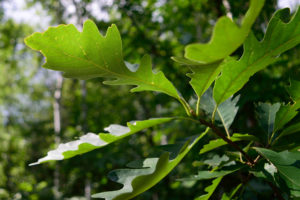 When selecting trees for landscaping, many will choose the more popular varieties – dogwood, tulip trees, arborvitae, and others. It makes sense, people see these trees in landscaping and like the look of them, so they choose it too. One that is often overlooked is the swamp white oak.
When selecting trees for landscaping, many will choose the more popular varieties – dogwood, tulip trees, arborvitae, and others. It makes sense, people see these trees in landscaping and like the look of them, so they choose it too. One that is often overlooked is the swamp white oak.
The swamp white oak (Quercus bicolor) has one great distinction in America: it is featured at the 911 Memorial in New York. They provide a stark and welcome contrast to the two wells of constantly cascading water that mark the footprint of the Twin Towers. One of the deciding factors in choosing this species is that they are native to all three locations where the planes crashed that fateful day – New York City, Arlington County in Virginia, and Shanksville, Pennsylvania. (Interesting note: the one tree at the memorial that is not a swamp white oak is the “survivor” tree, a callery pear tree that survived the attacks and was re-planted at the memorial. A true survivor!)
These trees adapt well to the challenges of an urban environment, tolerating dry, moist, or wet soils as well as salt and soil compaction. This adaptability makes them a great choice for almost any landscape.
Swamp White Oak Quercus bicolor
 Used as large shade trees in landscaping
Used as large shade trees in landscaping- Wood has been used in ship building throughout American history, but is used today in flooring, furniture, and whiskey/wine barrels.
- Mature trees generally reach 80-100 feet, while some have reached 150. Trunk size can reach up to 4’ in diameter!
- Acorns produced by white oaks are an important source of food for the ecosystem of the tree. All sorts of birds (including turkeys, quails, blue jays, and crows) and mammals (black bear, deer, squirrels, voles, mice) depend on them for nutrients in the fall. In some areas, the population of some species of critters fluctuate based on the supply of acorns!
- In the summer, leaves are a blue-green on top and a whitish shade of green on the underside. In the fall, the colors can spread from orange, and brown to red and purple.
- State tree of Illinois, Connecticut, and Maryland.
- Very adaptable, tolerating dry, moist or wet soils.

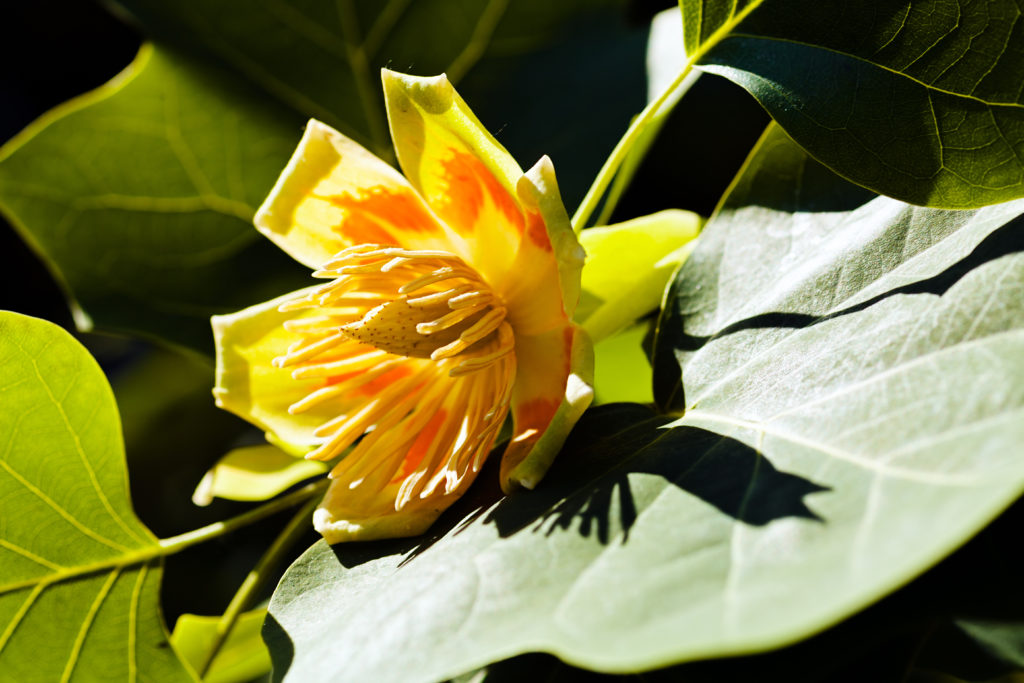 odendron tulipifera
odendron tulipifera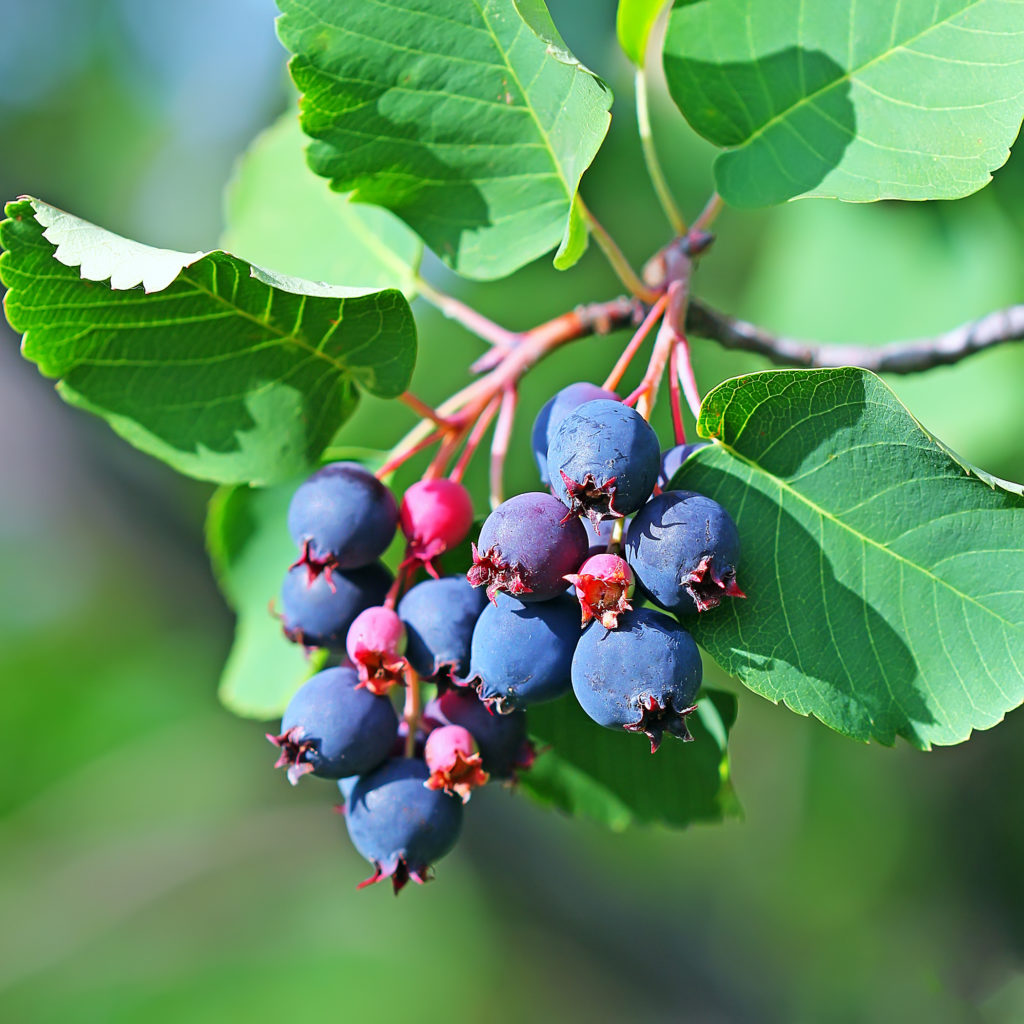 The next in our series of trees we recommend for use in local landscaping is the famous Serviceberry! The experts at Knutsen Landscaping have compiled a list of trees indigenous to our region in Pennsylvania.
The next in our series of trees we recommend for use in local landscaping is the famous Serviceberry! The experts at Knutsen Landscaping have compiled a list of trees indigenous to our region in Pennsylvania. Primary maple tree in the production of maple syrup.
Primary maple tree in the production of maple syrup.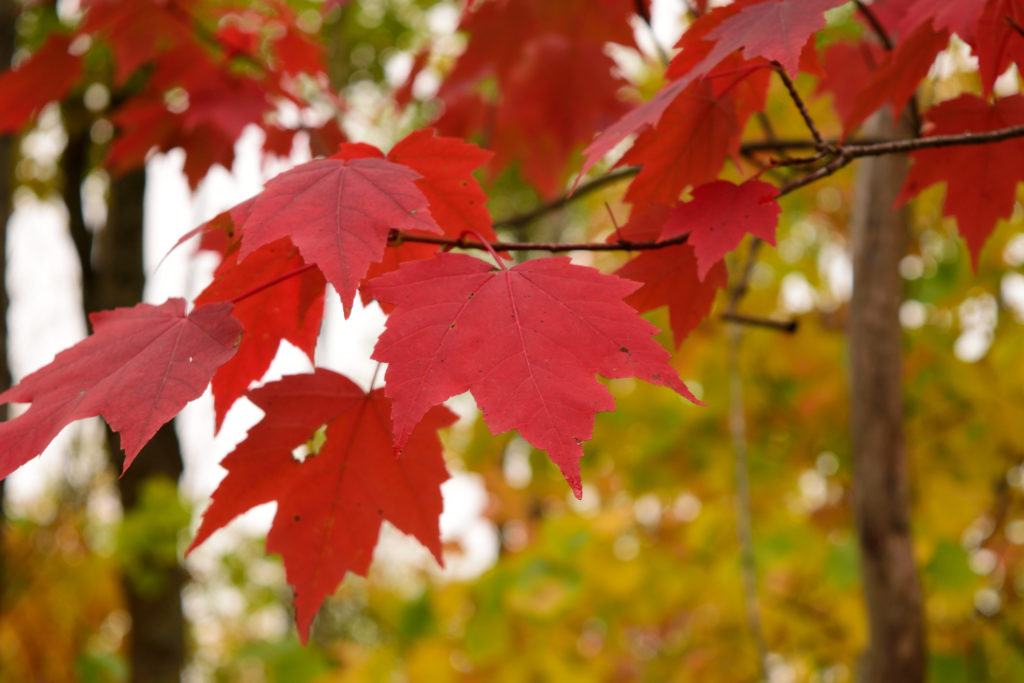 Earned its name from the brilliant, fiery color of it’s autumn foliage
Earned its name from the brilliant, fiery color of it’s autumn foliage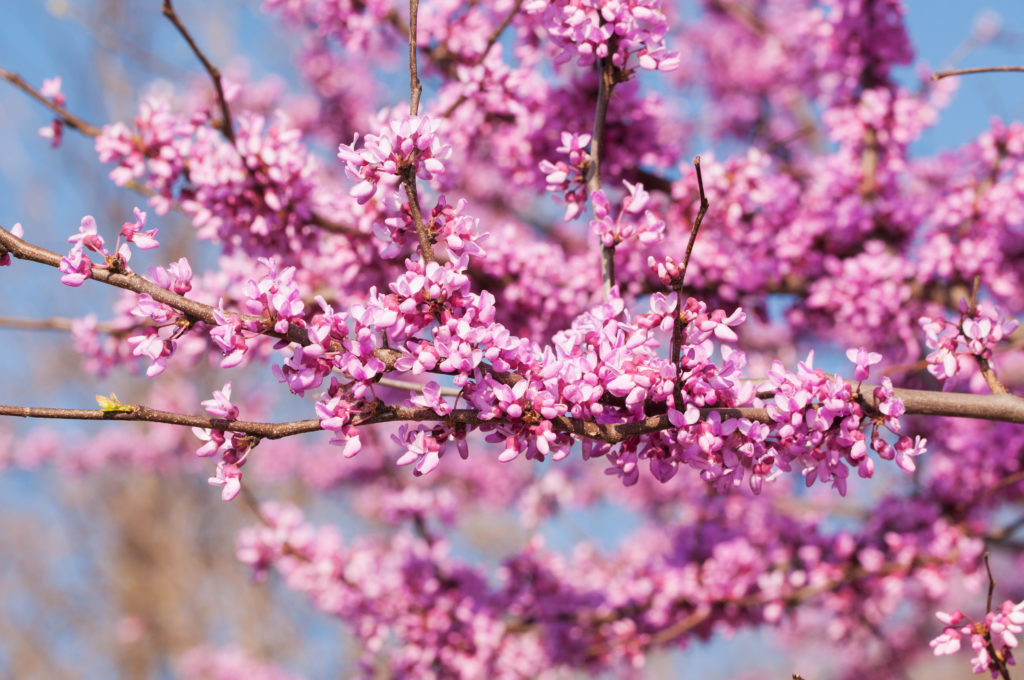 Appalachian redbud is a cultivar of eastern—have a darker pink color to flowers
Appalachian redbud is a cultivar of eastern—have a darker pink color to flowers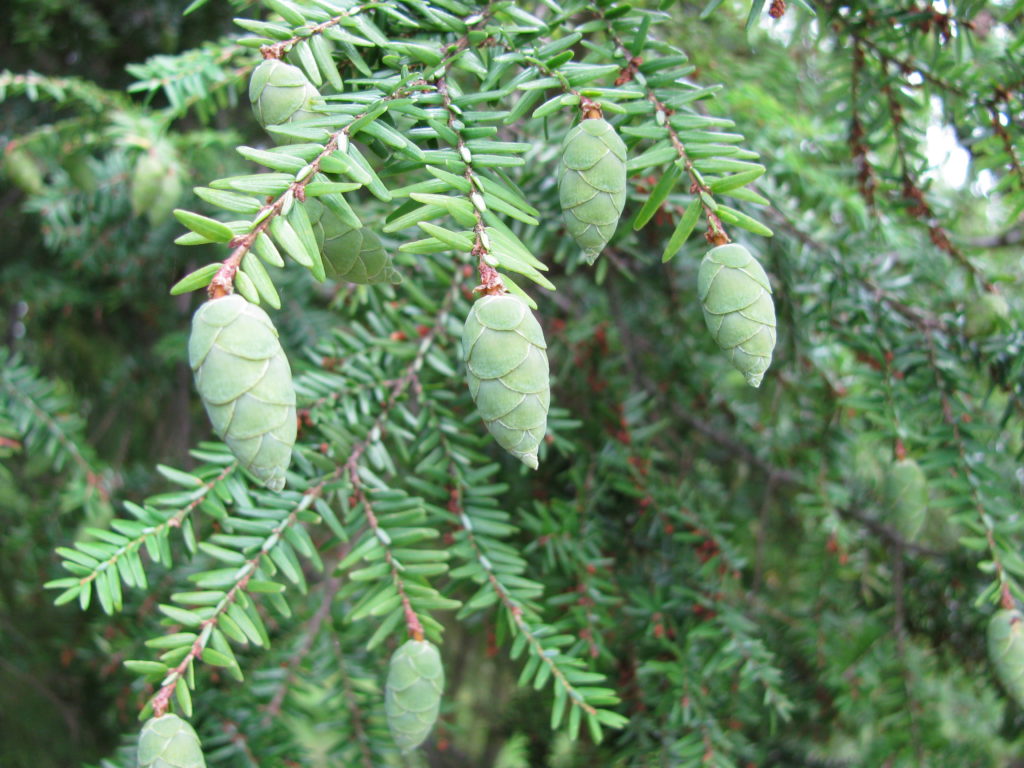
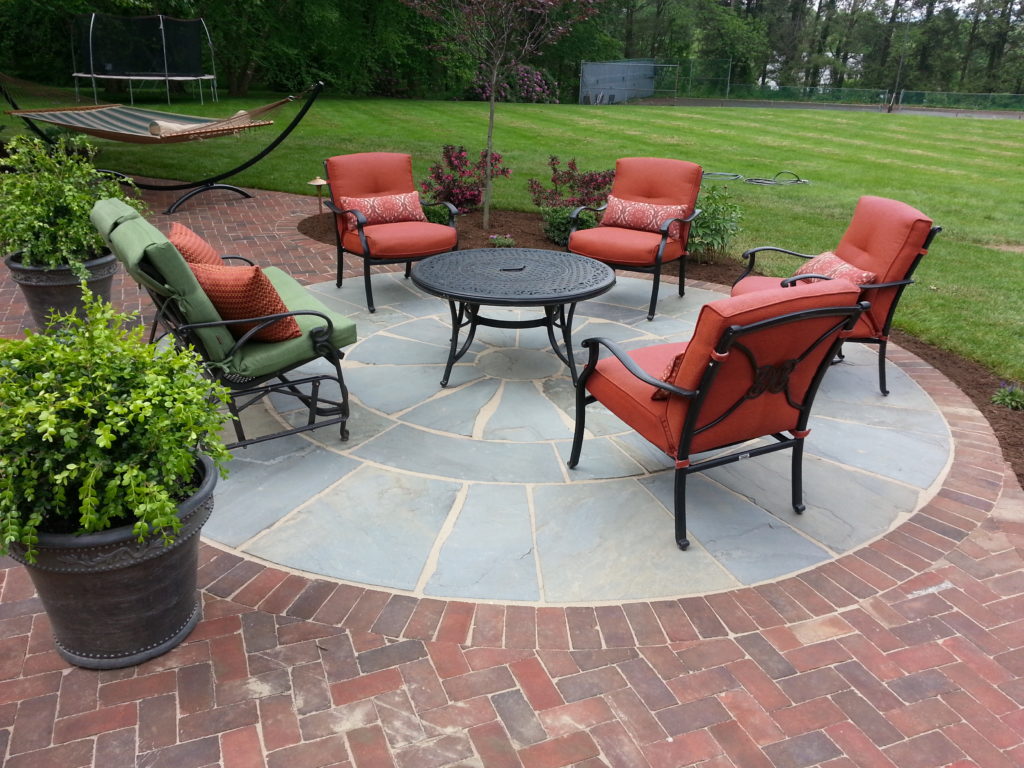 So many options for hardscaping are available today, and synthetic materials provide a customized look for almost any taste. However, natural materials are timeless as well as eco-friendly. They can present a beautiful option.
So many options for hardscaping are available today, and synthetic materials provide a customized look for almost any taste. However, natural materials are timeless as well as eco-friendly. They can present a beautiful option.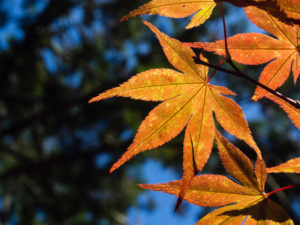 The bloodgood Japanese maple (Acer palmatum, var. atropurpureum) is a very common addition to landscaping. It will slowly reach 15-20 feet tall and 15 feet wide. The burgundy foliage, which turns a brilliant scarlet in the fall, is one of its biggest appeals. This slender, airy tree is well suited as a small lawn tree and for entry and patio distinction.
The bloodgood Japanese maple (Acer palmatum, var. atropurpureum) is a very common addition to landscaping. It will slowly reach 15-20 feet tall and 15 feet wide. The burgundy foliage, which turns a brilliant scarlet in the fall, is one of its biggest appeals. This slender, airy tree is well suited as a small lawn tree and for entry and patio distinction.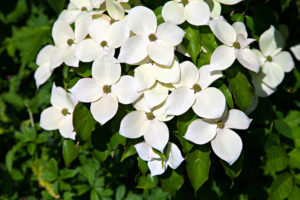 Dogwood trees are another great non-native option, and the Kousa or Korean dogwood (Cornuskousa) is a good choice. Its elegant beauty and toughness make it an excellent landscape selection for urban areas as well as home landscapes. Easily the most distinctive feature is the explosion of white blooms in the spring (May-June). The “petals” are not actually petals at all, but rather modified leaves called bracts surrounding the small, greenish-yellow flowers.
Dogwood trees are another great non-native option, and the Kousa or Korean dogwood (Cornuskousa) is a good choice. Its elegant beauty and toughness make it an excellent landscape selection for urban areas as well as home landscapes. Easily the most distinctive feature is the explosion of white blooms in the spring (May-June). The “petals” are not actually petals at all, but rather modified leaves called bracts surrounding the small, greenish-yellow flowers. The Building Industry Association of Lancaster County recently announced the winners of its 2017 Remodeling Showcase Awards, a prestigious program that bestows the highest honors in the local residential remodeling industry. The Awards were presented on March 31 at a special reception and dinner held at Clipper Magazine Stadium in Lancaster. The Association’s Remodelers Council honored 20 winning projects from 13 companies, representing a total of over$5.7 million in local remodeling work and an array of tastes and styles.
The Building Industry Association of Lancaster County recently announced the winners of its 2017 Remodeling Showcase Awards, a prestigious program that bestows the highest honors in the local residential remodeling industry. The Awards were presented on March 31 at a special reception and dinner held at Clipper Magazine Stadium in Lancaster. The Association’s Remodelers Council honored 20 winning projects from 13 companies, representing a total of over$5.7 million in local remodeling work and an array of tastes and styles.